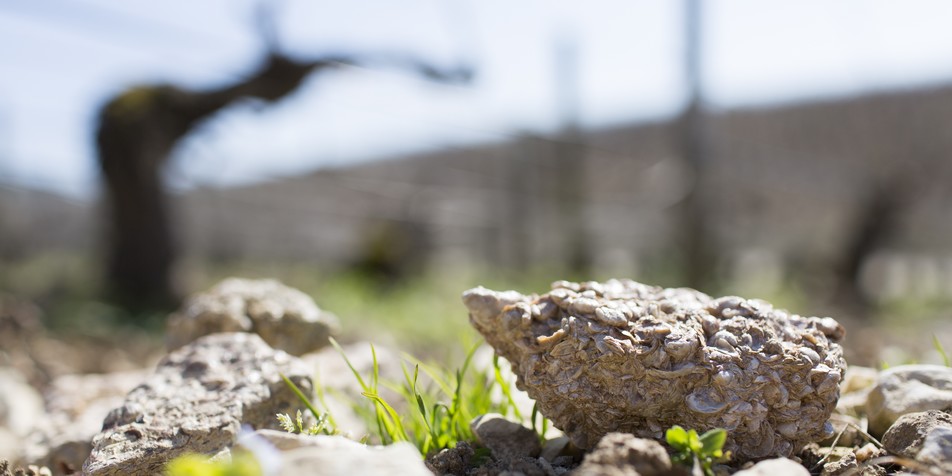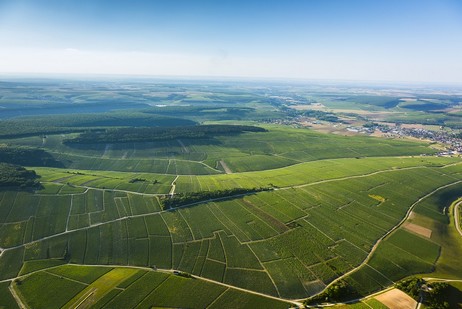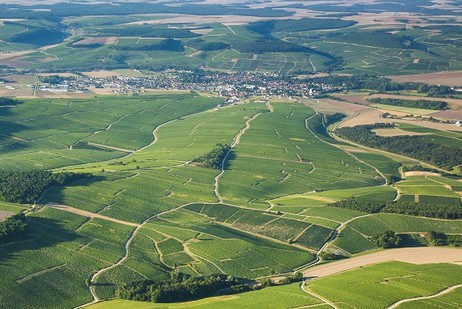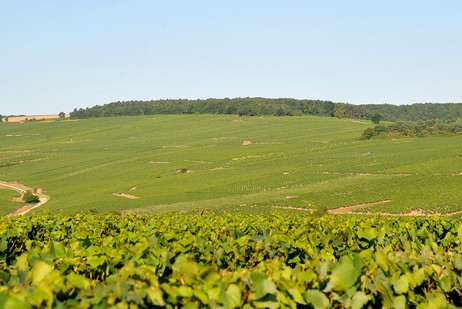Montmains, Forêts and Butteaux
Montmains, a flag-bearing Climat
Character, stories and legends
- Although modest at first, Montmains reveals itself over the years. In the glass, the duality between morning sunlight and a windy terroir is expressed through an intense aromatic strength and a rather sparse minerality. Lively and crisp, these wines are narrowly delineated and slightly closed in their youth. They start to open up after 3 years and go on to reveal their full complexity after 10 years. However, across this flag-bearing Climat, Montmains is definitely the easiest to enjoy. Forêts tends to be more robust and Butteaux more mineral.
- As early as 1537, several spelling variations were used for this Climat, such as "Montméen" or "Montmoyen". The name Montmains simply describes a medium-sized mountain that is lower than two neighboring peaks.
Forêts
Character, stories and legends
- Sitting between Montmains and Butteaux, Forêts is often neglected. This Chablis Premier Cru, however, keeps a card up its sleeve: its terroir, simultaneously fresh and sun-drenched, is actually quite close to the Grand Cru Blanchot. Its obvious accessibility, enhanced by an intense fruitiness, is tempered by its tense, more or less full-bodied structure. Balance and minerality; Forêts bears the hallmarks of the poor Kimmeridgian soils of the left bank. Its natural acidity brings its ageing potential to 5 or 8 years.
- One thing is certain – the name of this Climat of Chablis Premier Cru refers to a forest. The word "forest" was used as early as 1367, even though the vines had already taken over from the trees. As often the case in French, the "es" of "forest" was later replaced by "ê".
Butteaux
CHARACTER, STORIES AND LEGENDS
- Enjoyable and pleasant, the wines from the Climat of Butteaux have the same fruity maturity as their neighbors on the left bank. However, the shallow soil and the cooler microclimate bring an intense minerality with flinty notes, giving strength and tension to these delicious and generous wines, and providing them with a significant ageing potential. After 8 or 10 years, they still have a wealth of stories to tell...
- As is so often the case in Chablis, the origin of the name of this Climat has several conflicting theories. Certain etymologists believe the name Butteaux refers to an "inhabited place" or "farm"; an unlikely explanation given the location! Only shelters made from dry stone like winegrowers’ shelters could have been built here. The real explanation might stem from a German dialect, where the word "but" meant "root", in which case Butteaux would suggest a cleared forest. The locals, however, tend to be more pragmatic: the word "butte" (the top of a hill) is a perfect description of this Climat’s location. As simple as that!



